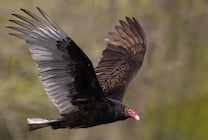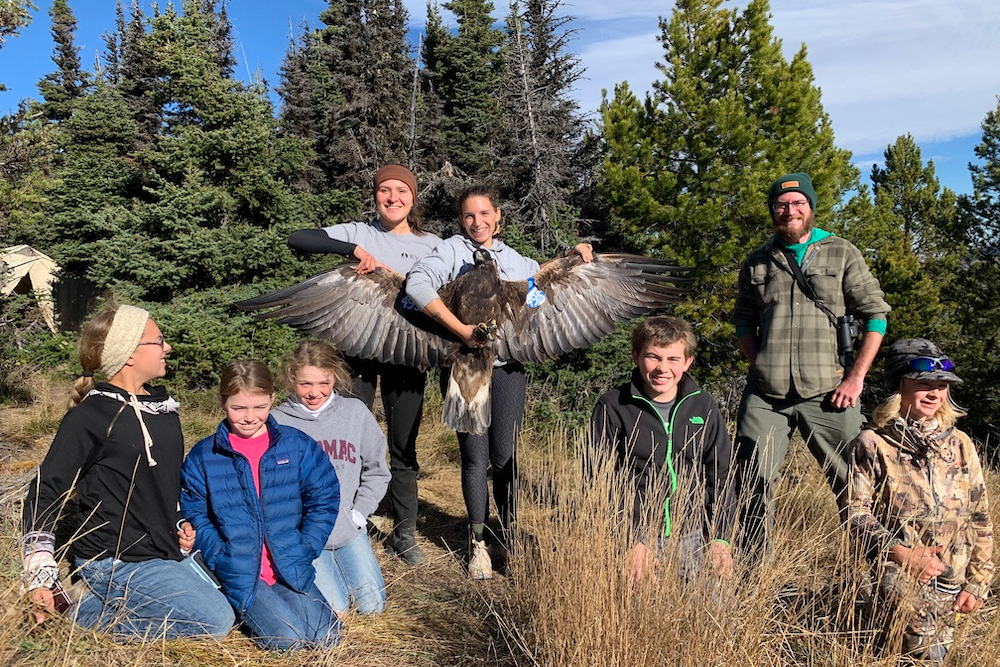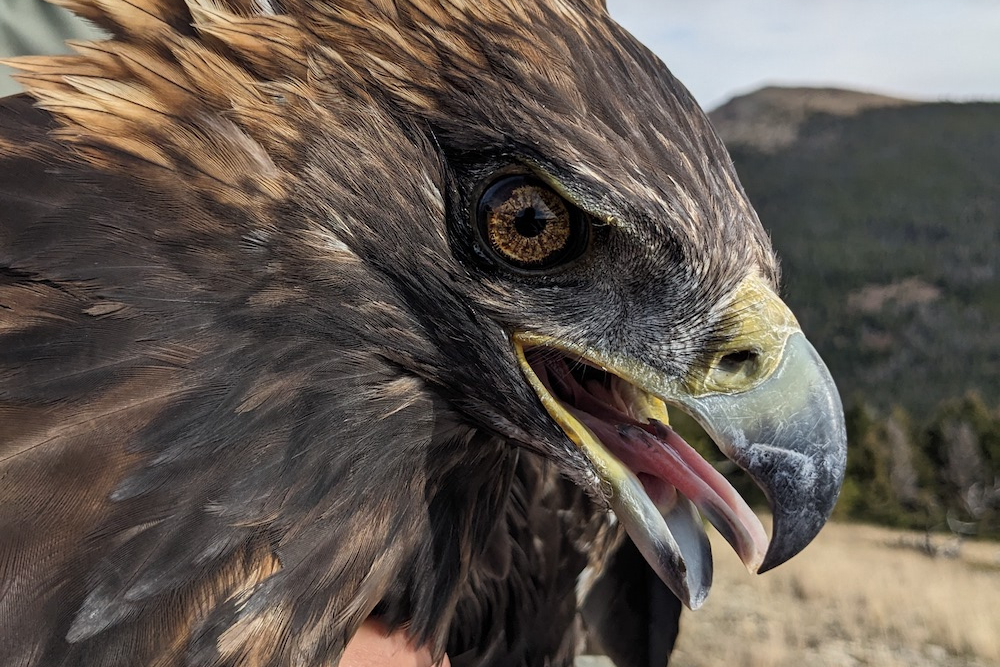Golden Eagles
Golden Eagles are the largest aerial predators in North America and are found mostly in the western half of the United States. Their large size, maneuverability and intelligence have allowed them to adapt to a variety of landscapes, ranging from high mountains and alpine tundra to shrub-steppes and open deserts. Long-term surveys of migrating Golden Eagles on the Rocky Mountain Front have documented significant declines since the mid-1990s. Research suggests these declines are due to decreased reproduction, loss of habitat, rapidly expanding energy development and an increase in human-caused winter mortality (e.g. vehicle collisions, electrocution, lead poisoning, shooting, trapping etc.). Golden Eagles are long-lived and produce relatively few young over the course of their lifetimes. The loss of even a small number of breeding adults can have a long-lasting negative impact on that population. Golden Eagle populations in America are in trouble and the time to act is now.
We have been tracking adult Golden Eagles for more than 15 years and have deployed GPS transmitters on well over 100 eagles to model current habitat use at the landscape level and understand the relationships between human activities and eagle behavior. This represents one of the largest tracking studies for this species in the world. Data from this project has been published in numerous scientific journals and has helped guide land managers in conservation efforts across the West.
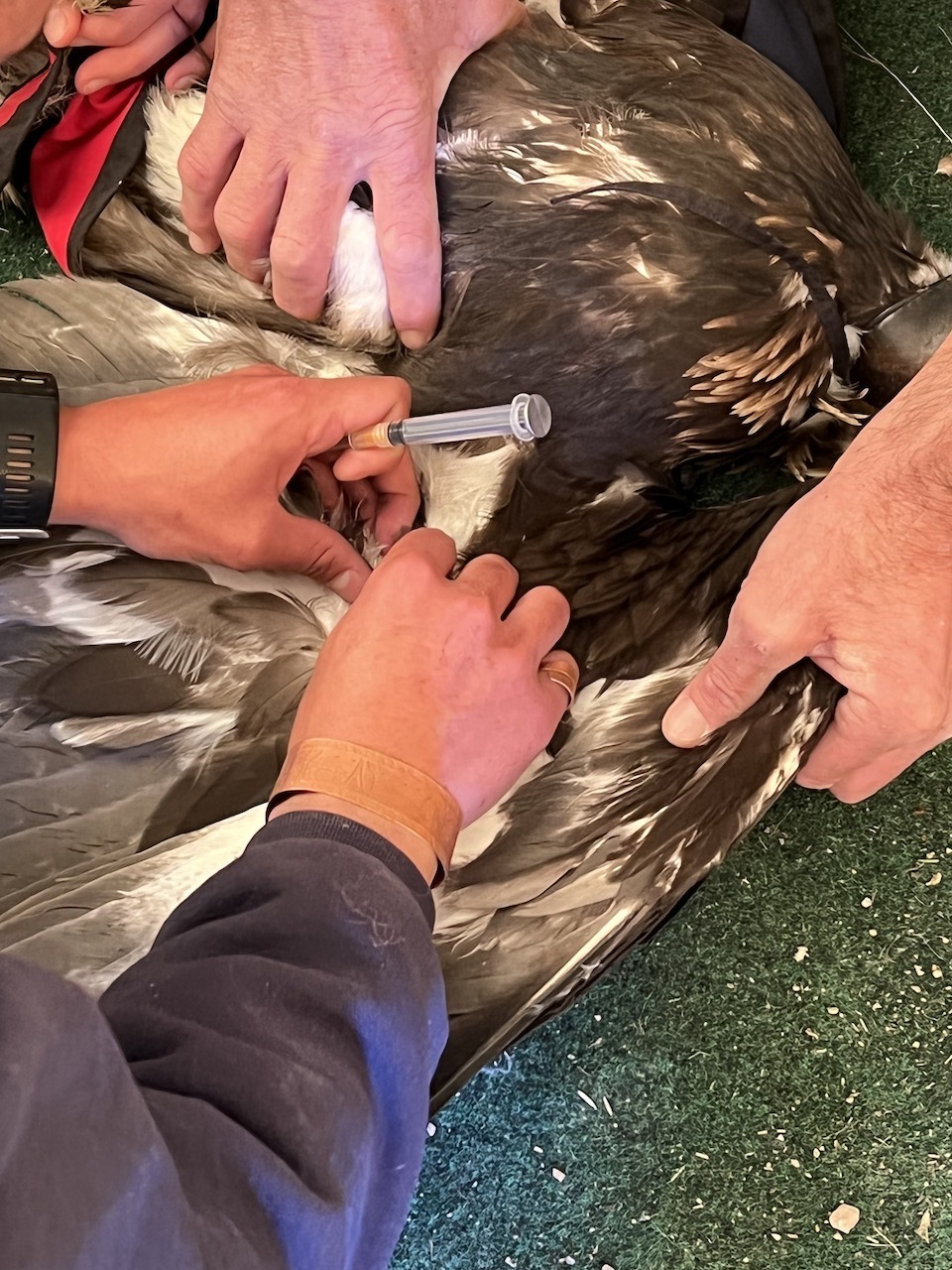
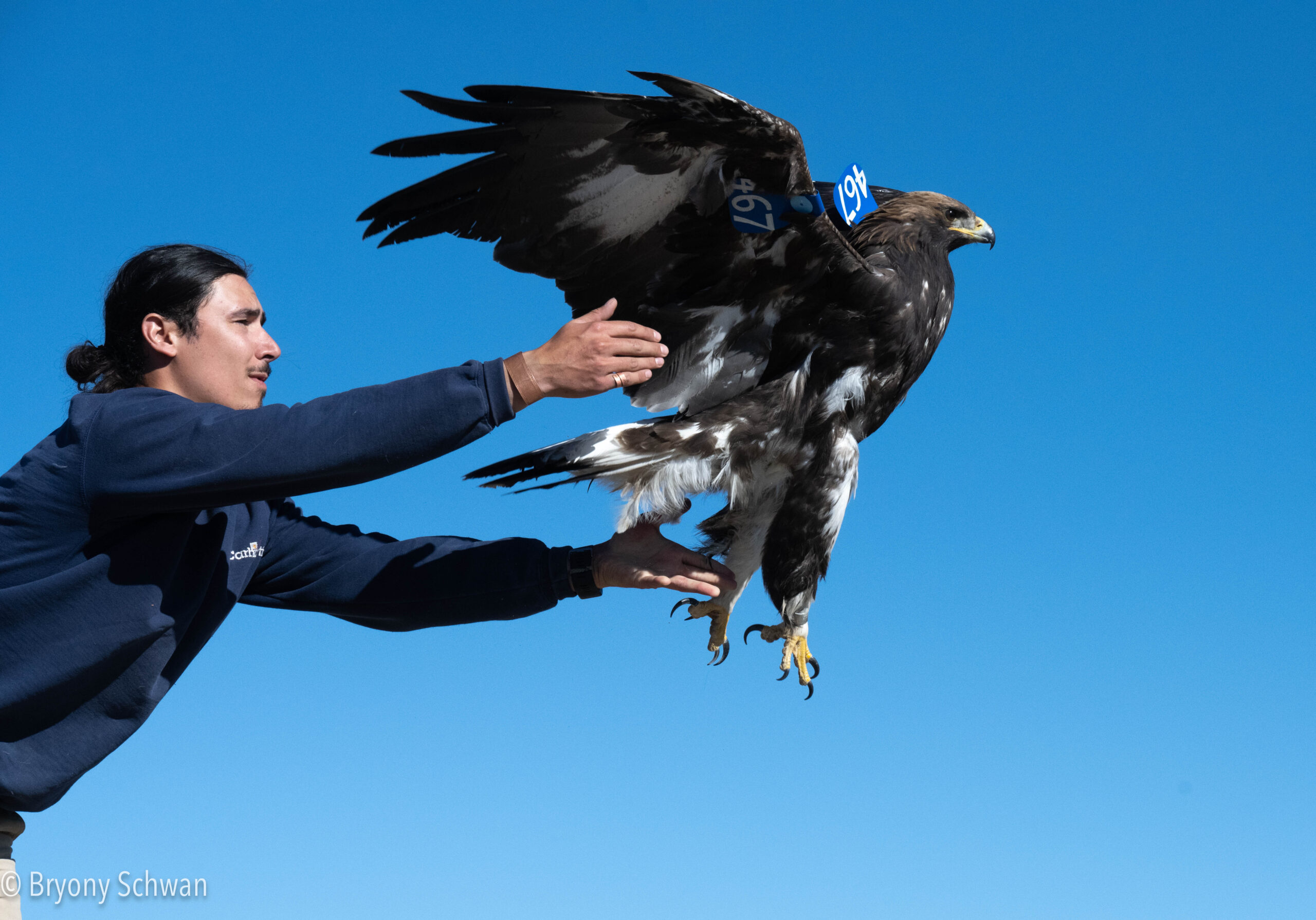

Lead Poisoning In Eagles
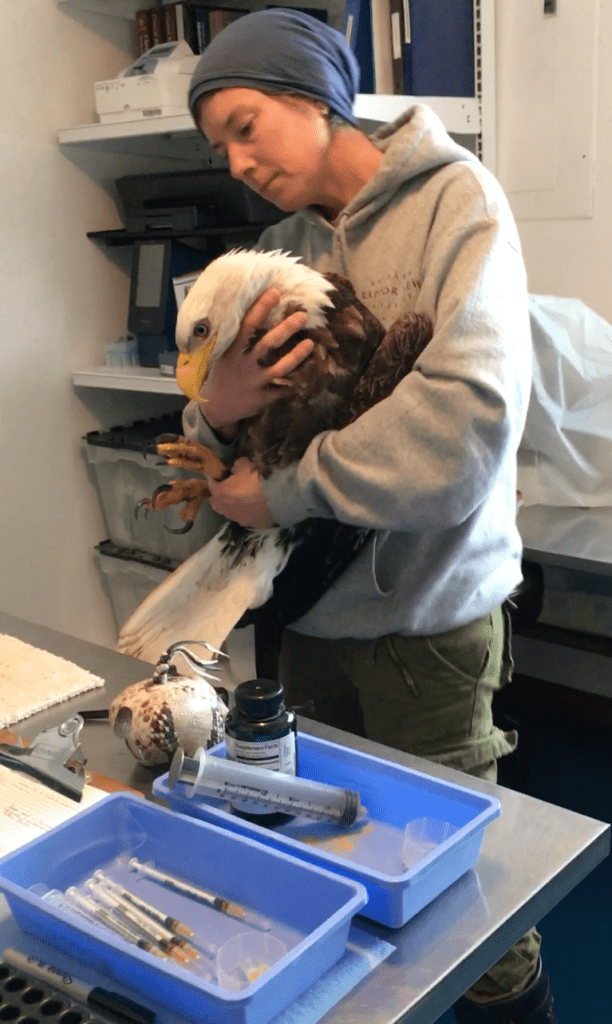
Lead has long been documented as a serious environmental hazard to eagles and other predatory and scavenging avian species. Lead shot for waterfowl hunting was banned in 1991 because of lead poisoning in Bald and Golden Eagles and other waterfowl species. Overwhelming evidence suggests that lead poisoning persists however from lead bullet fragments remaining in the gut piles left in the field during hunting season. Golden and Bald Eagles are opportunistic feeders and scavenge remains from hunters, exposing them to this deadly ecotoxin.
We have analyzed blood from over 500 Golden Eagles and 80 Bald Eagles, and to date, ~45% of the eagles we’ve captured during fall migration and a staggering ~ 90% of eagles sampled during winter have shown elevated blood-lead levels. Educating the public about this alarming issue is the first step to solving it. We have authored numerous publications on our findings in journals such as Science, the Journal of Wildlife Management, and the Archives of Environmental Contamination and Toxicology and shared our research via more mainstream publications such as local/regional newspapers as well as periodicals geared towards hunters and other outdoor enthusiasts.





